🏯 The Vijayanagara Empire: Glory, Grandeur & the Forgotten Jewel of Medieval India
Vijayanagara Empire: The Glory of 1336–1565
When we speak of Medieval India, the conversation often revolves around the Delhi Sultanate or the Mughal Empire. Yet, nestled in the southern part of India, there rose an empire so grand, so rich in culture, architecture, and valor, that even foreign travelers compared it to Rome. That was the Vijayanagara Empire — a true marvel of medieval Indian history that deserves more spotlight.
📜 Introduction to the Vijayanagara Empire
The Vijayanagara Empire, meaning “City of Victory,” was established in 1336 CE by brothers Harihara I and Bukka Raya I. These two visionaries, who initially served the Kakatiya and Hoysala dynasties, laid the foundation of an empire that would go on to dominate South India for over two centuries.
They built their capital on the banks of the Tungabhadra River near present-day Hampi, Karnataka, a city that still speaks volumes through its ruins.
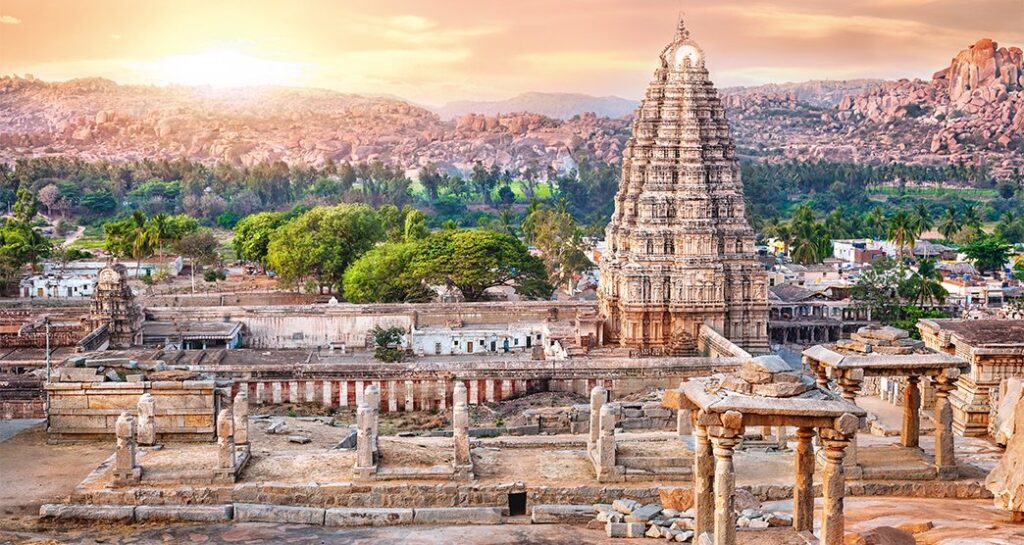
⚔️ The Rise Against the Northern Threat
During the 14th century, South India was under threat from the expanding Delhi Sultanate. The Vijayanagara Empire emerged as a bulwark of Hindu resistance, preserving regional cultures, languages, and traditions.
The empire grew strong under King Krishnadevaraya, who ruled from 1509 to 1529. He is remembered not just as a fierce warrior, but also a patron of the arts, literature, and religious harmony. Under his rule, the empire reached its zenith, controlling territories from the Arabian Sea to the Bay of Bengal.
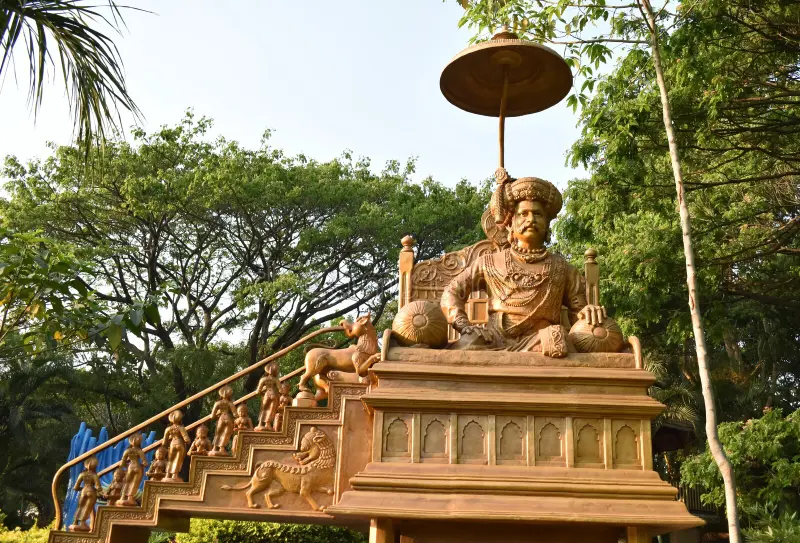
🛕 Architecture: Carved in Stone, Preserved in Time
One cannot discuss the Vijayanagara Empire without being awestruck by its architectural legacy. The empire blended Dravidian temple architecture with Islamic styles, resulting in a unique and mesmerizing style.
🏛️ Key Architectural Marvels:
- Virupaksha Temple – Still in use today, it’s one of India’s oldest functioning temples.
- Vittala Temple Complex – Famous for the Stone Chariot and musical pillars that produce different musical notes.
- Hazara Rama Temple – Intricate carvings of Ramayana scenes line its walls.
- Lotus Mahal – A beautiful example of Indo-Islamic design.
- Elephant Stables – Grand domed chambers used for royal elephants.
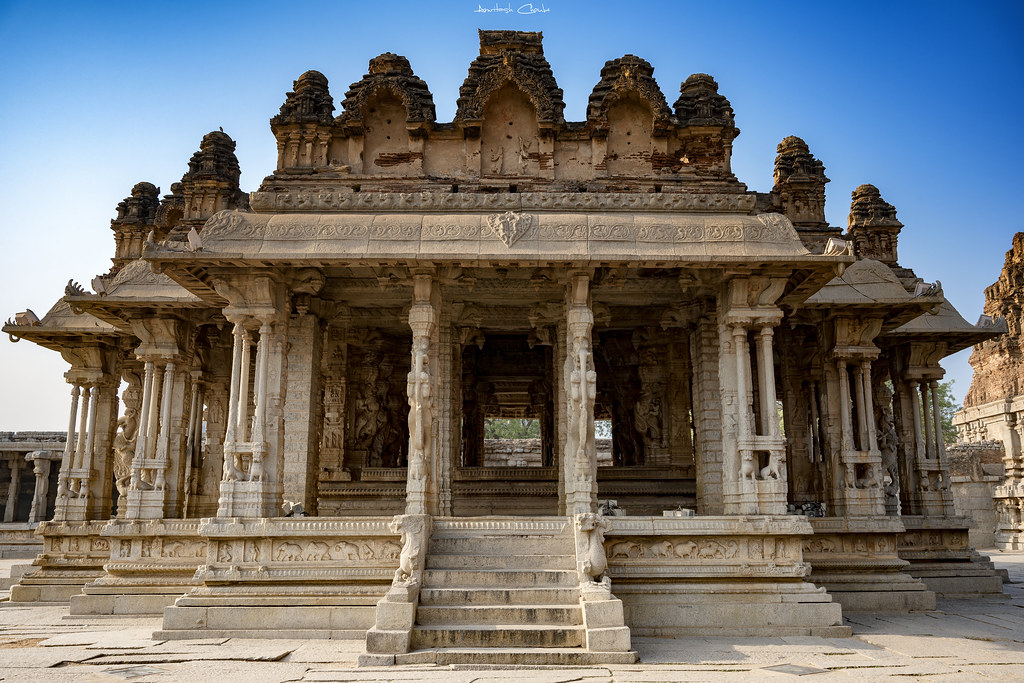
🎨 Culture & Literature: A Golden Era
The empire was a melting pot of art, languages, and religious tolerance. Krishnadevaraya, himself a scholar, wrote the famous Telugu work Amuktamalyada. He supported poets and scholars in Telugu, Kannada, Tamil, and Sanskrit.
Temples were not just religious spaces but cultural hubs, hosting dance performances, musical concerts, and festivals.
🎭 Classical dances like Bharatanatyam and Kuchipudi flourished. Religious festivals were celebrated with grandeur across the empire.
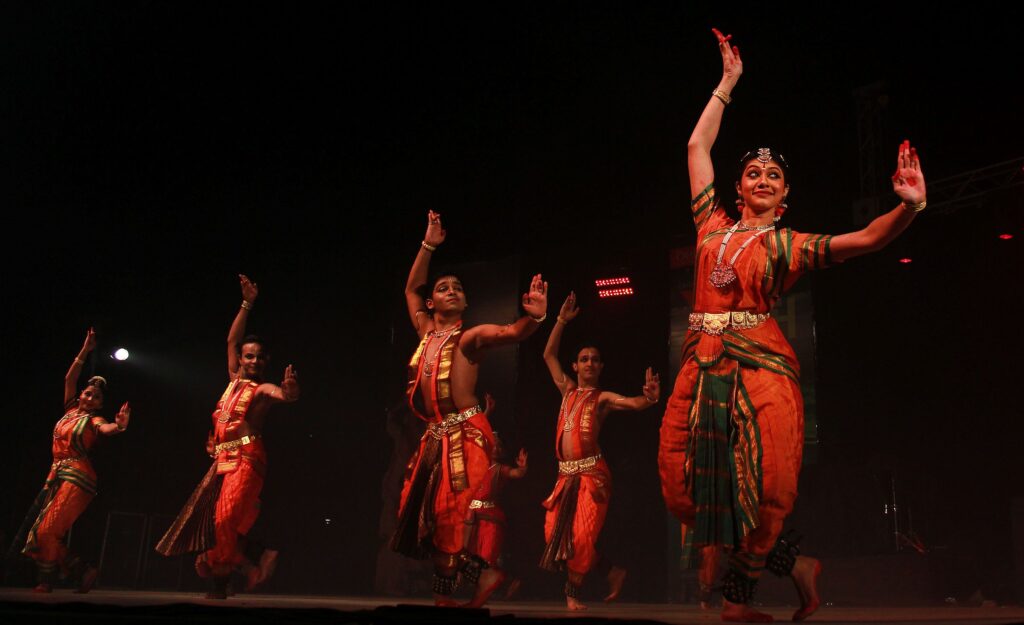
💰 Economy: Trade, Wealth, and Global Relations
Vijayanagara was one of the wealthiest cities of its time. It had thriving trade relations with Persia, Arabia, Portugal, and China.
🛍️ Key Trade Goods:
- Spices (pepper, cardamom)
- Textiles (silk, cotton)
- Precious stones (diamonds, rubies)
- Horses and weapons
Portuguese travelers like Domingo Paes and Fernao Nuniz documented their visits to Vijayanagara, describing it as a city with golden markets, lavish palaces, and bustling trade centers.
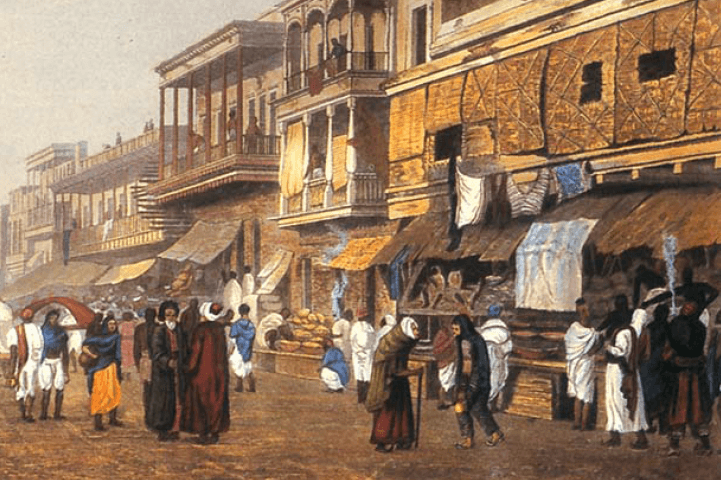
🤝 Religion: Unity in Diversity
Despite being a Hindu kingdom, the empire practiced religious tolerance. It supported:
- Shaivism and Vaishnavism
- Jainism
- Even allowed the construction of Islamic mosques for traders and envoys.
This open-mindedness contributed to Vijayanagara becoming a hub of multi-faith harmony, which was rare during those times.
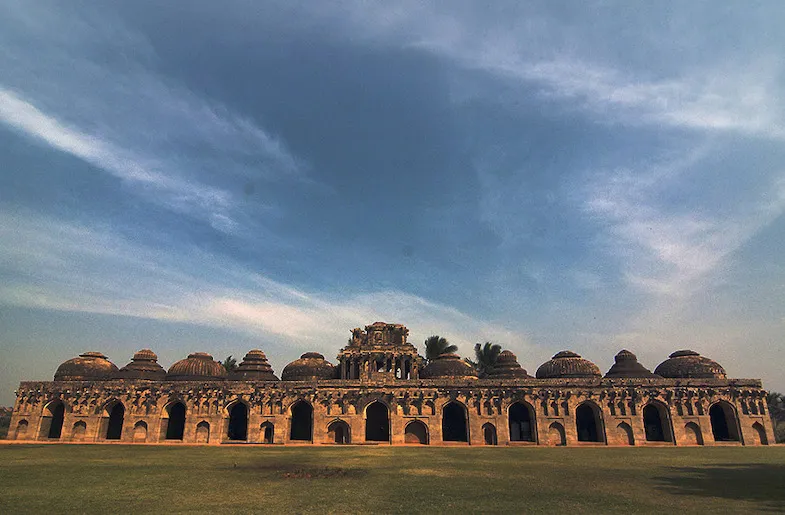
⚰️ The Fall: Battle of Talikota and Aftermath
All empires face decline, and for Vijayanagara, the turning point came in 1565 at the Battle of Talikota. A coalition of the Deccan Sultanates (Bijapur, Golconda, Ahmadnagar, and Bidar) joined forces and crushed the Vijayanagara army.
The city of Hampi was looted, burned, and left in ruins. What was once a glorious capital became a ghost town overnight.
Yet, the spirit of Vijayanagara never died. Its ruins continue to whisper stories of greatness, culture, and resilience.
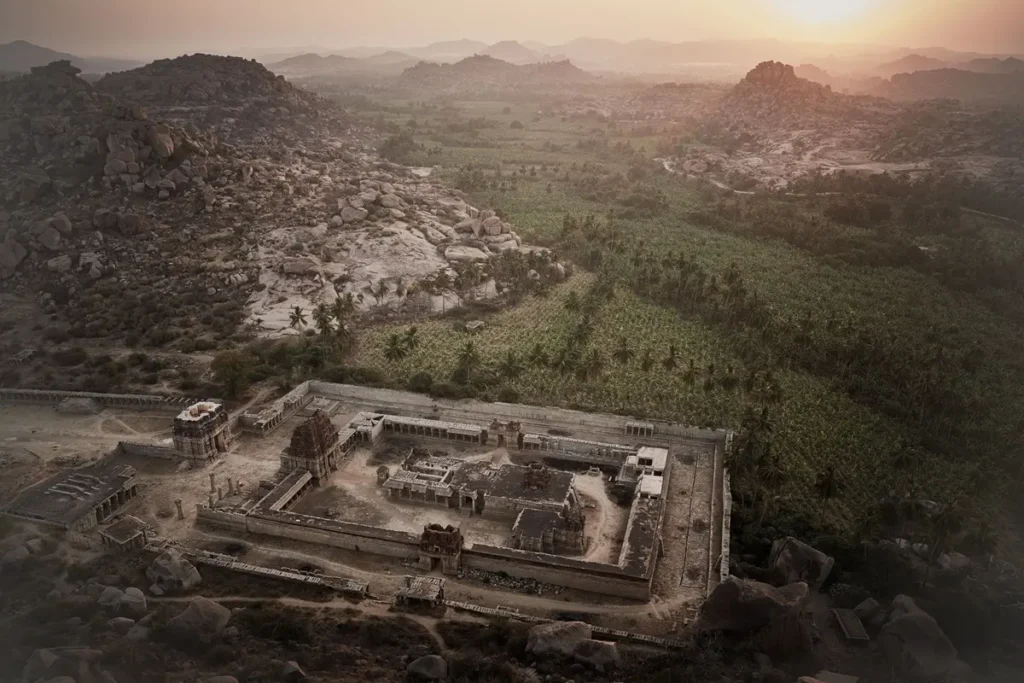
🔎 Fun Facts About Vijayanagara Empire
- The Musical Pillars of Vittala Temple produce distinct sounds when tapped!
- Krishnadevaraya built massive irrigation canals to improve agriculture and trade.
- Hampi was once called “the second largest city in the world” after Beijing during the 15th century.
📍 Why Visit Hampi Today?
Hampi is now a UNESCO World Heritage Site. With its surreal boulder-strewn landscape, ancient temples, and tranquil vibes, it’s a paradise for history buffs, photographers, and spiritual seekers.
🧭 Final Thoughts
The Vijayanagara Empire was more than just a kingdom. It was a symbol of resistance, cultural revival, and architectural brilliance. Despite its fall, its impact on Indian history remains profound.
Whether you’re a student, traveler, or history enthusiast, understanding Vijayanagara helps us appreciate the rich, diverse, and layered story of India.
